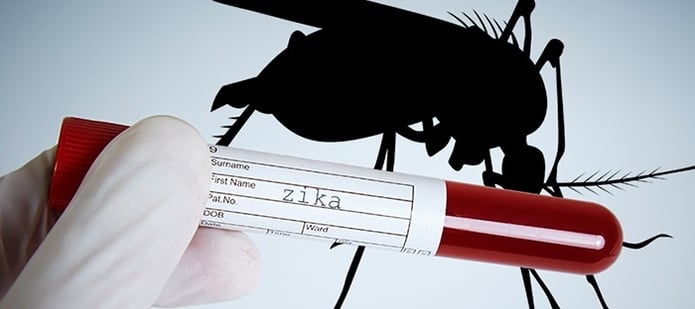
On December 1, 2017, the Blood Products Advisory Committee (BPAC) gave input to the Food and Drug Administration (FDA) on strategies for safeguarding the blood supply from current and future risks of transmitting Zika virus (ZIKV) through transfusions.
The FDA issued its first guidance on preventing transmission via blood transfusion in February 2016. The recommendations differed depending on whether or not active transmission of ZIKV was happening in a specific area. Deferral of donors with certain risk factors was recommended in areas without active transmission. In areas where local transmission was taking place, a recommendation was made to stop local blood collection and transfuse blood products from other parts of the U.S. This recommendation applied unless the blood collection facility had adopted the use of individual donation nucleic acid testing (ID NAT) or pathogen reduction technology (approved for platelets and plasma).
During the summer of 2016, the first locally-acquired mosquito borne cases of ZIKV were reported in Florida. Due to concerns about the possibility of the rapid spread of infection, uncertainty about how the epidemic would continue to develop, and the potentially severe consequences, the FDA revised this guidance. The new recommendation was for universal Zika virus testing with ID NAT (or pathogen reduction for plasma and platelets).
Over the course of 2017, the number of cases of ZIKV has decreased in the U.S. and U.S. territories. As of October 12, 2017, there were no active transmissions being reported in any of the states. Therefore, the FDA is in the process of reevaluating the August 2016 recommendations. The BPAC was asked to discuss alternatives to universal testing with ID NAT. Five options were introduced, ranging from no changes to the guidance to elimination of Zika virus safeguards for blood altogether.
During the public hearing, the AABB’s Senior Medical Advisor delivered a joint statement on behalf of AABB, America’s Blood Centers (ABC), and the American Red Cross. The three groups were in agreement that the best strategy is to continue using nucleic acid testing (NAT), but to use a pooled testing approach rather than testing individual donations. This approach is referred to as minipool nucleic acid testing (or MP NAT). If an area experiences new local transmissions of ZIKV, blood centers would revert back to testing individual donations. Implementing this strategy would reduce the volume of testing, which would decrease the resources required in areas of lower risk, while retaining the option for testing of individual donations if or when the risk level rises.
At Helmer Scientific, we are always pleased with developments that positively impact our customers. We have offered high quality blood storage and processing equipment for 40 years and are here to support your efforts to properly store and monitor your blood products.
Read the BPAC’s Issue Summary on Strategies to Reduce the Risk of Zika Virus (ZIKV) Transmission by Blood and Blood Components.




